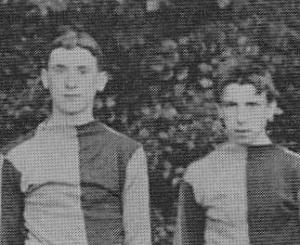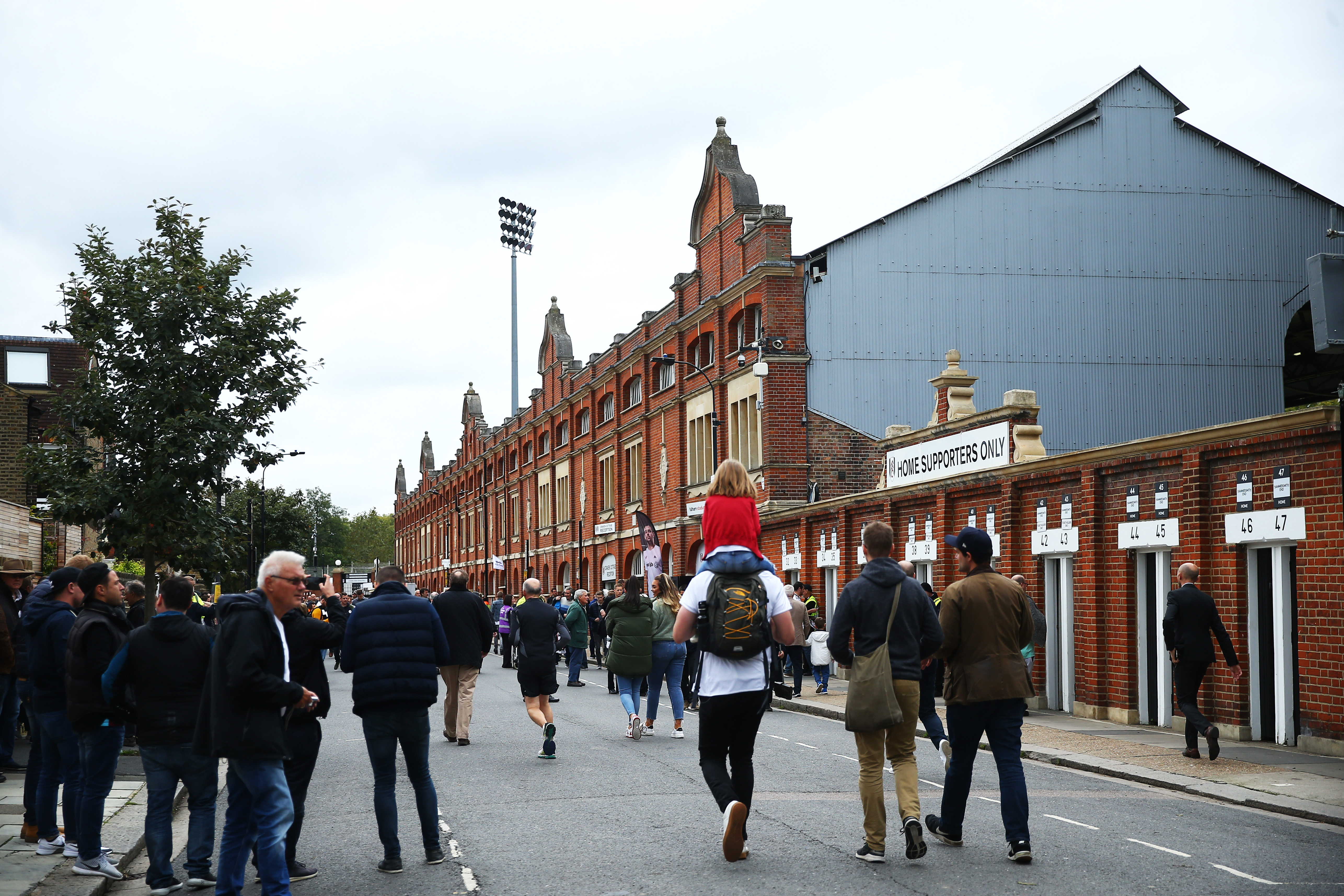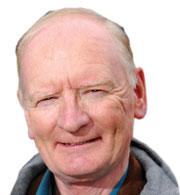Celebrations of Fulham Football Club’s supposed 140th anniversary have been rather muted – perhaps because 2019 also marked relegation from the Premier League.
In any case, despite the vast amount of fresh material gathered by official historian Alex White we still know nothing of what St Andrew’s FC was doing in 1879, 1880, 1881 or 1882. We cannot be certain that it even existed in those years.
The very first published St Andrew’s line up was actually a cricket team as printed in the local paper the West London Observer (Saturday 25 August 1883) and relating to a match on the previous Saturday between St Andrew’s and another local church St Matthew’s, Sinclair Road.
It was played at Barons Court on land now belonging to Queens Club, opposite St Andrew’s and a brisk walk from St Matthew’s.
The Observer lists eleven surnames for each side but gives no initials. Six of the St Andrew’s names also occur in subsequent football reports.
NORMAN was beyond doubt Thomas Robert Norman. Born in Ipswich on 1 December 1863, he was part of a large family who moved to Fulham and lived at 1a Pownall Road (on what is now the Clem Attlee Estate).
In 1868, Tom and two of his sisters were baptised at the local mission by the Revd John Cardwell, later the Vicar of St Andrew’s. The family worked devotedly for Cardwell and his mission/church throughout his two decades in Fulham. When the cricket club was formed in 1883 Tom Norman was chosen as the first secretary. He turned out to be a very good footballer by local amateur standards.
COLDMAN is probably a misprint for Harry Coleman, born 29 March 1867, son of a bricklayer. After Harry’s birth the Colemans moved from Lakenheath to Kensington, and in August 1883 were living in St Oswalds Road Fulham. Harry would one day supervise the conversion of Craven Cottage into a sports arena, and later build some of the fine houses on the adjacent roads. He died in Ealing on 4 April 1933.
SMITH must be George Charles Smith, born in Bedford on 14 October 1868. He lived in the same road as Tom Norman and appeared regularly in the St Andrew’s cricket and football teams. He worked mostly as a plasterer’s labourer. After marrying in 1890 he moved to Lambeth and died there in 1915,
JOHNSON is probably Henry James (Harry) Johnson, who captained the cricket club in 1884. Born on 1 June 1868, Harry was a carpenter’s apprentice and a neighbour of Norman and Smith (Jervis Road was also absorbed into the Clem Attlee Estate). James Johnson, Harry’s father, once chaired the club’s annual dinner in the absence of the Vicar.
REED could be G Reed, one of the first St Andrew’s FC goalkeepers. There are several possibilities including Simon George Reed born in Chelsea on 16 December 1862. He was baptised at St John’s Fulham and he grew up in Farm Lane in the shadow of that church. George got married in November 1885 and moved to Acton.
The final name is ANDREWS. W Andrews won the bowling prize in 1885 and we know for certain that Billy Andrews played football for the club. The most likely candidate seems to be William James Andrews, a plumber born on 15 April 1868. In 1881 he lived in Dawes Road, Fulham, well outside the parish but within the next five years moved to Star Road, very close to the church. William was married there in 1888.
This brief list gives us some indication of the original players – young men in the building trade. They lived just outside the parish of St Andrew’s; but Tom Norman, with his family’s close ties to that particular church, would have steered them towards basing the football/cricket club there.

Doubtless there was plenty of football played in the streets and on waste ground. Let us accept the tradition that a team existed as far back as November 1879, playing on the builders’ yard (also known as Mud Pond) opposite the church. We must omit Harry Coleman, who did not come to Fulham until 1883. That leaves 16-year-old Tom Norman with George Reed, also 16, and three 11-year-olds. It does seem an improbable combination of ages.
Some might point to another tradition that the club emerged from the St Andrew’s Sunday School. Norman and Reed would still have been rather old to play alongside the children, and Billy Andrews may not have belonged to the Sunday School anyway. He was not baptised until March 1886, two years before his marriage.
Instead of 1879 let us imagine these players four years later. Smith, Johnson and Andrews would be young men, earning a wage and strong enough for adult football. They with Norman, Reed and Coleman would have jumped at the chance of playing cricket on a real pitch, and so the real history of our club could begin. Just a suggestion.
We have three football results from late 1883 – but no players are named. A year later, we read of Harry Johnson and his Jervis Road neighbours Don and Fred McKay scoring against Surrey Lane. The McKays were born in central London in 1866 and 1870 respectively. The picture above shows Harry Coleman and Fred McKay in the light and dark blue shirts of St Andrew’s FC.
The views expressed in this blog are those of the author and unless specifically stated are not necessarily those of Hammersmith & Fulham Council.
Want to read more news stories like this? Subscribe to our weekly e-news bulletin.

